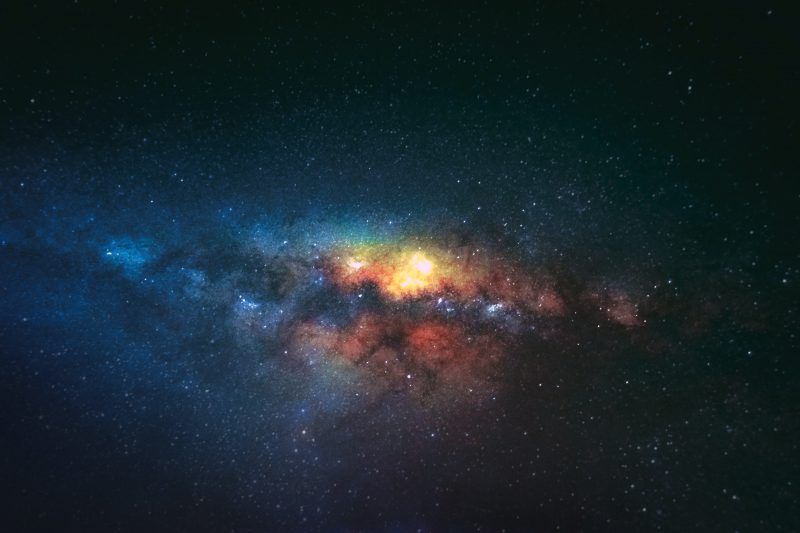
Cosmic noise emitted by a whirlwind of giant black holes has been identified thanks to an unprecedented technique for detecting gravitational waves, opening a “new window on the universe.” Scientists have been looking for these noises for 25 years.
 Noises have finally been identified that confirm the old theory – Photo: Pexels / Reproduction / ND
Noises have finally been identified that confirm the old theory – Photo: Pexels / Reproduction / NDThe results, published this Thursday (29), are the result of an extensive collaboration between the largest radio telescopes in the world, which have managed to capture this vibration of the universe with “clock precision,” the authors of these published papers note. simultaneously in several scientific journals.
Einstein predicted in 1916
Gravitational waves were predicted by the physicist Albert Einstein in 1916, but they were only discovered 100 years later.
These are small perturbations in space-time, similar to water ripples on the surface of a pond. These fluctuations, propagating at the speed of light, are the result of strong cosmic events, such as the collision of two black holes.
Although they are associated with massive phenomena, the signal of this cosmic noise is extremely weak.
In 2015, the gravitational wave detectors Ligo (USA) and Virgo (Europe) revolutionized astrophysics by detecting less than a second of jitter when two black holes with ten times the mass of the sun collided.
space noise
This time, the much longer signal causes a larger phenomenon, captured by a network of telescopes in Europe, North America, India, Australia and China from the International Puslar Timing Array (IPTA) consortium.
“We’re talking about gravitational waves generated by black holes with masses ranging from a few million to several billion solar masses,” Gilles Thérault, an astronomer at the PSL Paris Observatory, told AFP.
“Tick-tock” of pulsars
To detect these waves, scientists used a new tool: the Milky Way’s pulsars. These are stars with a mass equivalent to one or two times the mass of the Sun, but compressed into a sphere with a diameter of about ten kilometers.
Ultra-compact, these stars spin on their own at tremendous speeds, up to 700 revolutions per second, the CNRS researcher explains.
This unstoppable rotation produces magnetic radiation at its poles, which resembles a beam of light from a lighthouse, detected by radio waves emitted at low frequency.
With each revolution, pulsars emit ultra-regular “beeps” that stand out as “remarkable natural clocks,” explains Lucas Guillemot of the Laboratory for Physics and Chemistry of the Environment and Space (LPC2E) in Orléans.
Scientists have cataloged clusters of pulsars to get a “sky grid” of the intricacies of space-time.
According to Antoine Petitot of the French Atomic Energy Commission (CEA), they were able to measure the tiny disruption of his tick-tock, with “changes of less than a millionth of a second over more than 20 years.”
These delays are correlated, which is a sign of “a perturbation common to all pulsars”: the characteristic signature of gravitational waves, explains Gilles Thero.
What is the origin of these waves?
The main hypothesis points to pairs of supermassive black holes, each larger than our solar system, “ready to collide,” Thero explains.
Antoine Petitot describes two colossi “turning around each other before merging,” a dance that causes gravitational waves “for months to years.”
Continuous background noise, which Michael Keith of the European EPTA (European Pulsing Timing Array) compares to “a busy restaurant with lots of people talking around you.”
Measurements of cosmic noise still do not allow us to say whether it causes the presence of a few pairs of black holes or an entire population. Another hypothesis proposes an origin in the early years of the universe, known as the period of inflation.
“We are opening a new window to the universe,” Thero says. “We’ve added a new set of information vectors to complement the Ligo and Virgo searches, which operate at different wavelengths,” says Petito.
This could, among other things, shed light on the mystery of the formation of supermassive black holes.
According to AFP.
Source: Ndmais